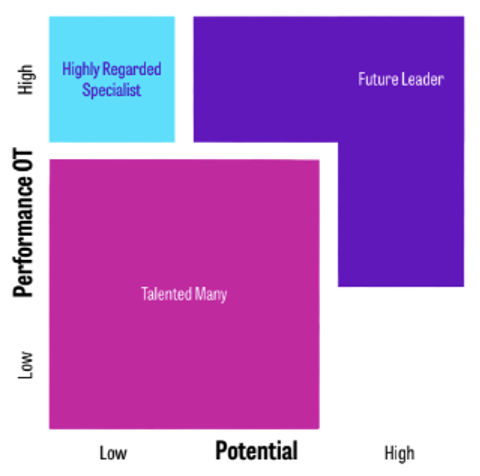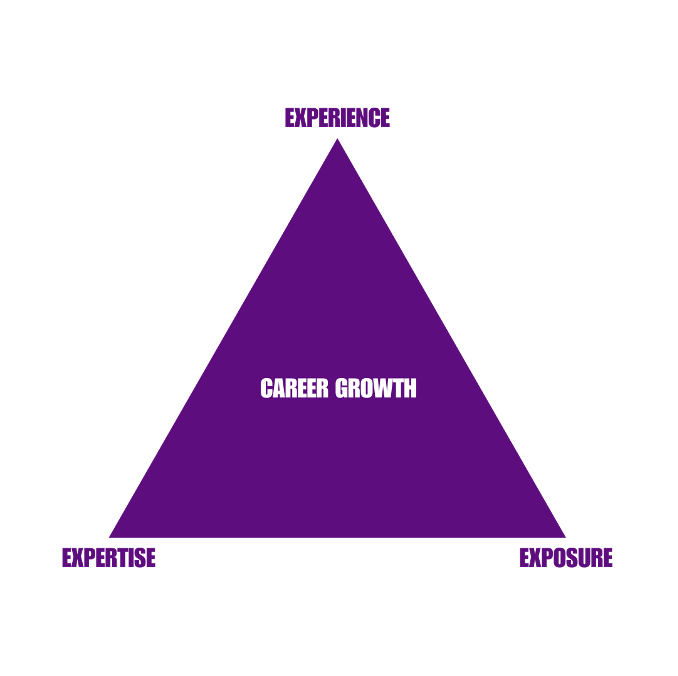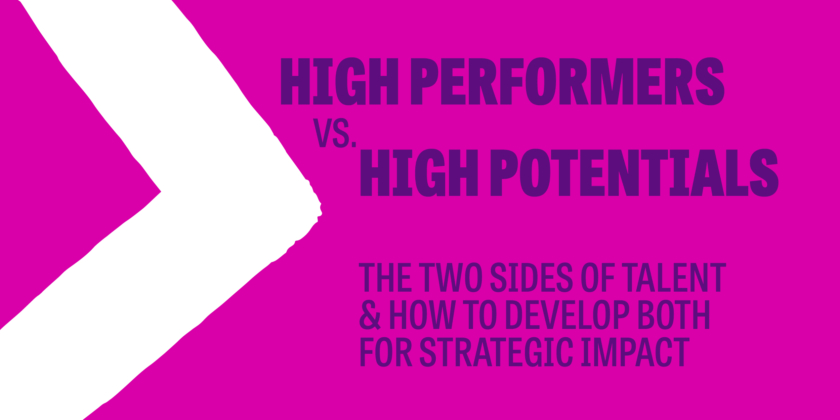What does it take to build a talent pipeline that delivers today and prepares you for tomorrow? The answer lies in two distinct groups: high performers and high potentials. Both are essential to long-term success, but unlocking their full potential and aligning their contributions with strategic goals requires distinct approaches.
At Let’s Talk Talent, we believe that everyone has talent—and the key to driving organisational success lies in identifying and developing it effectively. That’s why we use a clear and actionable identification model to differentiate between three key talent groups based on performance and potential:

- Highly regarded specialists: Experts excelling in their current roles, often the high performers driving today’s success.
- Future Leaders: High potentials with the ambition, adaptability, and leadership traits to take on more complex responsibilities.
- The talented many: Individuals across the organisation with untapped potential who, with the right support, can elevate their contribution.
This approach recognises that different talent groups require tailored strategies for growth. It enables organisations to map their workforce effectively, ensuring that talent development efforts are targeted, impactful, and aligned with strategic goals. For more information on how to identify and nurture these groups, you can download our Succession Planning Whitepaper.
Developing high performers versus high potentials isn’t about choosing one over the other—it’s about understanding their unique needs and creating strategies that maximise their impact.
High Performers vs High Potentials: What’s the difference?
High Performers: The engines of today
High performers consistently deliver exceptional results, making them indispensable for operational excellence. They thrive in their roles, often setting benchmarks for others.
Key traits of High Performers:
- Deep expertise in their domain.
- Consistent, reliable delivery of results.
- Ability to solve immediate, tactical challenges.
However, not all high performers have the skill or will to take on more strategic leadership roles. While their technical expertise is invaluable, some may lack the broader vision, adaptability, or desire to transition into leadership.
High Potentials: The architects of tomorrow
High potentials are characterised by their potential for growth rather than current performance. They demonstrate the ability to take on more complex responsibilities and lead in ambiguous, fast-changing environments.
Key traits of High Potentials:
- Strong learning agility.
- Emotional intelligence and relationship-building skills.
- Motivation to lead and drive change.
HiPos may not yet be delivering at the level of high performers, but their future contribution depends on strategic talent management and development programmes.
Most importantly, high potentials demonstrate the willingness, the want, and the skill to grow beyond their current capabilities. They actively seek feedback, embrace challenges, and push themselves to develop.
LTT’s approach to Talent Development: The 3 E’s
In all the talent development work we do with our clients, we always come back to this one pivotal question:
“What Experience, Exposure, and Expertise does this person need to thrive in their role today and prepare for the challenges of tomorrow?”

This question forces us to think holistically: not just about what someone can achieve today, but how we’re equipping them to succeed in the future.
- Experience: The opportunities they need to learn by doing. This could be through stretch assignments, real-world problem-solving, or rotational roles that build practical skills.
- Exposure: The networks and perspectives they need to expand their understanding. Think cross-functional collaboration, mentorship, or even external events that broaden their horizons.
- Expertise: The knowledge and skills they need to master their craft. This includes formal training, certifications, or learning resources tailored to their development goals.
By embedding the 3 E’s framework into every talent development strategy, HR professionals, managers, and organisations ensure that growth is both intentional and impactful.
How to develop High Performers
High performers thrive on recognition and challenge, but their development needs to focus on sustaining engagement and expanding their contributions.
- Focus on skill growth and development: Offer opportunities for advanced training or certifications that deepen their expertise. Encourage them to share their knowledge by mentoring others, helping them grow their influence while supporting team development.
- Assign stretch projects: Push them to take on complex, high-stakes assignments that build strategic thinking.
- Recognise their value and contribution: Celebrate their achievements and ensure they feel valued through tailored rewards and growth opportunities.
- Prevent burnout: Provide support and balance workloads to protect their energy.
These individuals are often the driving force behind current success, so the key strategy is to keep them motivated and engaged while preventing burnout.
How to develop High Potentials
HiPos require structured leadership development programmes to unlock their capabilities and prepare them for future roles.
- Design leadership development plans: Offer coaching, rotational assignments, and formal leadership training programmes.
- Provide leadership opportunities: Give HiPos ownership of key initiatives to help them develop decision-making and team management skills. Offer them the chance to temporarily step into higher-level roles, allowing them to gain firsthand leadership experience.
- Build confidence with feedback: Pair them with mentors who can provide regular, actionable feedback to guide their growth.
- Align ambitions with opportunities: Regularly discuss their career aspirations and create pathways aligned with organisational goals.
These individuals represent the future of your organisation, so the key strategy is to nurture their growth, build their confidence, and provide opportunities that prepare them for leadership development while maintaining their enthusiasm and drive.
The Role of HR, Managers, and Organisations
Developing high performers and high potentials is a shared responsibility that requires collaboration across HR, managers, and the organisation as a whole.
- What HR can do:
- Integrate the 3 E’s into talent development strategies.
- Use data-driven tools to identify high performers and high potentials.
- Monitor the effectiveness of development programmes and adjust as needed.
- What Managers can do:
- Leverage the 3 E’s in team development plans by assigning projects, providing exposure opportunities, and supporting learning.
- Balance workload and development priorities to prevent burnout.
- Actively coach and mentor both groups to maximise their potential.
- What Organisations can do:
- Create a culture where succession planning and strategic talent management are priorities.
- Invest in resources like learning platforms, coaching, and purposeful leadership development programmes.
- Align individual growth with long-term business goals to ensure sustainable success.
Common pitfalls to avoid
Avoiding these common mistakes is critical to maximising the potential of both high performers and high potentials:
- Assuming High Performance = High Potential: Not every high performer has the ambition or adaptability for leadership.
- Overburdening High Performers: Without balance, their productivity and engagement can suffer.
- Neglecting High Potentials: Failing to develop HiPos limits future leadership capabilities.
- Promoting too soon: HiPos need the right foundation before stepping into senior roles.
Avoiding these missteps ensures that your talent development strategy remains intentional, sustainable, and aligned with your organisation’s goals. By understanding the unique needs of high performers and high potentials and applying the 3 E’s framework—experience, exposure, and expertise—HR professionals, managers, and organisations can create a robust talent strategy. This balanced approach ensures success today and builds a pipeline of leaders for tomorrow.
Is your 2025 Talent Development Strategy ready to tackle tomorrow’s challenges? If not, then let’s have a conversation!
Alternatively, you might also want to explore our Coaching & Assessment Services to help identify and support your high performers and high potentials or Talent Development Workshops to support with your learning and development offering.
